

Daon Auto Parts India Profile
Key Indicators
- Authorised Capital ₹ 5.00 Cr
- Paid Up Capital ₹ 2.82 Cr
- Company Age 17 Year, 1 Month
- Last Filing with ROC 31 Mar 2024
- Satisfied Charges ₹ 14.00 Cr
- Revenue Growth -25.37%
- Profit Growth 55.64%
- Ebitda 46.07%
- Net Worth -16.22%
- Total Assets -29.62%
About Daon Auto Parts India
Daon Auto Parts India Private Limited (DAPIPL) is a leading Private Limited Indian Non-Government Company incorporated in India on 07 January 2008 and has a history of 17 years and one month. Its registered office is in Kanchipuram, Tamil Nadu, India.
The Corporate was formerly known as Hwaseung Auto Parts (India) Private Limited. The Company is engaged in the Manufacturing Industry.
The Company's status is Active, and it has filed its Annual Returns and Financial Statements up until 31 March 2024. It's a company limited by shares with an authorized capital of Rs 5.00 Cr and a paid-up capital of Rs 2.82 Cr.
The company has closed loans amounting to ₹14.00 Cr, and has no open charges as per Ministry of Corporate Affairs (MCA) records.
Seo Chul and Heuiza Kim serve as directors at the Company.
Company Details
- Location
Kanchipuram, Tamil Nadu, India
- Telephone
+91-XXXXXXXXXX
- Email Address
- Website
- Social Media -
Corporate Identity Details
- CIN/LLPIN
U29221TN2008PTC065966
- Company No.
065966
- Company Classification
Private Limited Indian Non-Government Company
- Incorporation Date
07 Jan 2008
- Date of AGM
30 Jul 2024
- Date of Balance Sheet
31 Mar 2024
- Listing Status
Unlisted
- ROC Code
Roc Chennai
Industry
Who are the key members and board of directors at Daon Auto Parts India?
Executive Team (1)
| Name | Designation | Appointment Date | Status |
|---|---|---|---|
| Seo Chul | Managing Director | 03-Oct-2008 | Current |
Board Members (1)
| Name | Designation | Appointment Date | Status |
|---|---|---|---|
| Heuiza Kim | Director | 07-Aug-2015 | Current |
Financial Performance of Daon Auto Parts India.
Daon Auto Parts India Private Limited, for the financial year ended 2021, experienced significant reduction in revenue, with a 25.37% decrease. The company also saw a substantial improvement in profitability, with a 55.64% increase in profit. The company's net worth observed a substantial decline by a decrease of 16.22%.
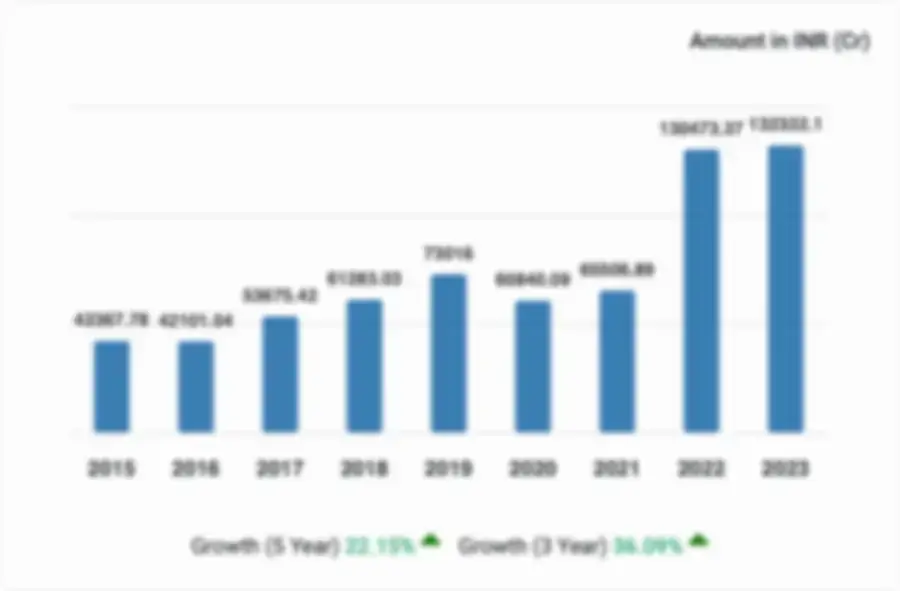
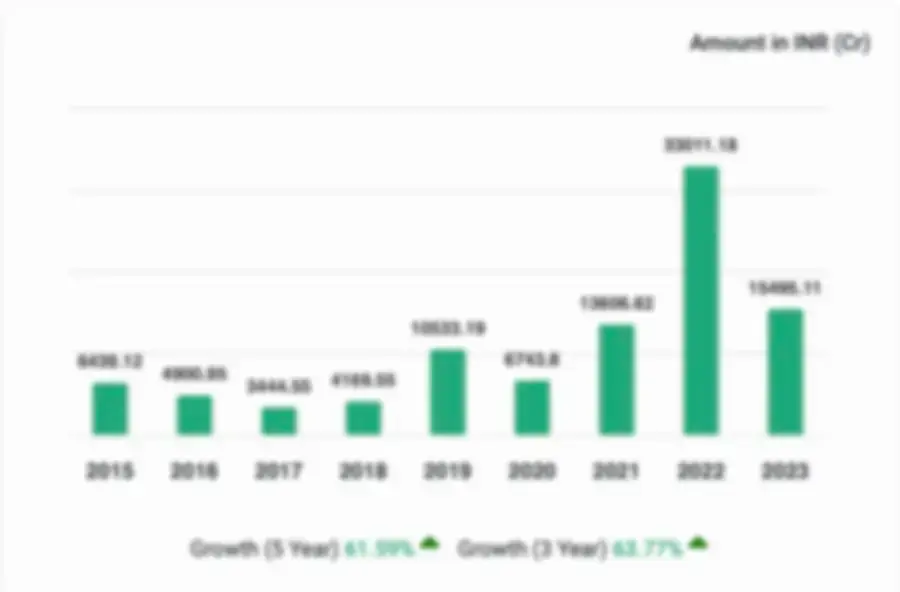
- Key Matrics
- Balance Sheet
- Profit and Loss
- Cash Flow
- Ratios
| Metrics |
| (FY 2022) | (FY 2021) | (FY 2020) | (FY 2019) | ||
|---|---|---|---|---|---|---|---|
| Total Revenue |
| ||||||
| Revenue from Operations |
| ||||||
| Total Assets |
| ||||||
| Profit or Loss |
| ||||||
| Net Worth |
| ||||||
| EBITDA |
|
What is the Ownership and Shareholding Structure of Daon Auto Parts India?
In 2020, Daon Auto Parts India had a promoter holding of 100.00%. Access key insights, ownership, including shareholding patterns, funding, foreign investors, KMP remuneration, group structure, and overseas investments.
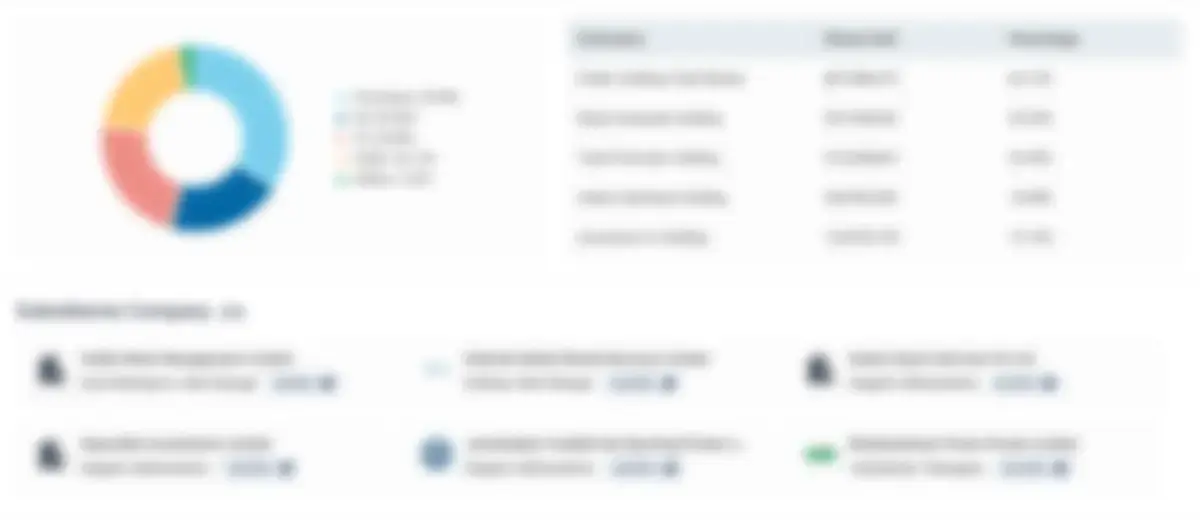
Charges (Loans)
₹0
₹14.00 Cr
Charges Breakdown by Lending Institutions
- Small Industries Development Bank Of India : 5.00 Cr
- Punjab National Bank : 5.00 Cr
- State Bank Of India : 4.00 Cr
Latest Charge Details
| Date | Lender | Amount | Status |
|---|---|---|---|
| 21 Apr 2011 | State Bank Of India | ₹4.00 Cr | Satisfied |
| 30 Mar 2010 | Punjab National Bank | ₹5.00 Cr | Satisfied |
| 03 Aug 2009 | Small Industries Development Bank Of India | ₹5.00 Cr | Satisfied |
How Many Employees Work at Daon Auto Parts India?
Daon Auto Parts India has a workforce of 96 employees as of Mar 21, 2024. Unlock access to detailed historical data on individuals associated with the company, including employment records, contributions to the Employees' Provident Fund Organization (EPFO), and other related insights.
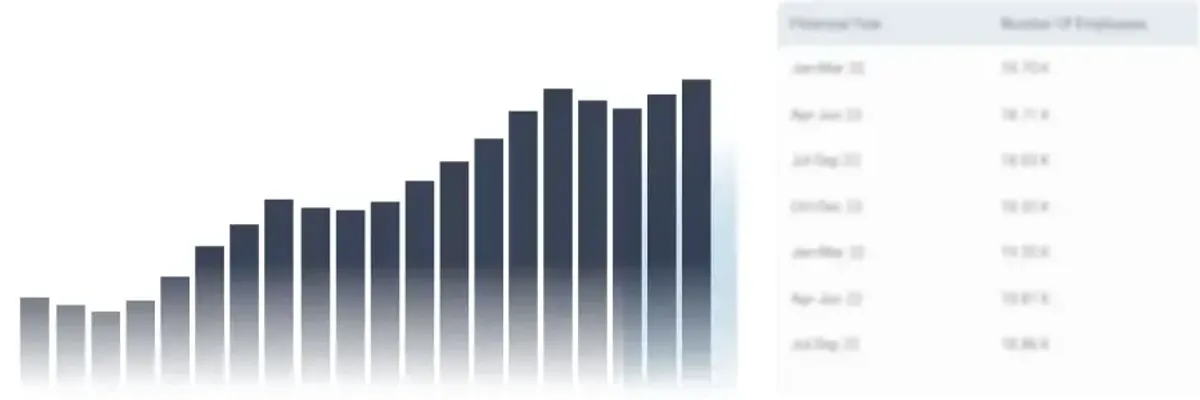
Deals i

Gain comprehensive insights into the Deals and Valuation data of Daon Auto Parts India, offering detailed information on various transactions, including security allotment data. Explore the intricate details of financial agreements, mergers, acquisitions, divestitures, and strategic partnerships that have shaped Daon Auto Parts India's trajectory.
Rating
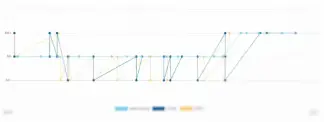
Access the credit rating data, providing valuable insights into the company's creditworthiness and financial stability. Explore assessments from leading credit rating agencies, evaluating factors such as debt obligations, liquidity, profitability, and overall financial health.
Alerts

Stay informed about regulatory alerts and litigation involving and associated companies. Receive timely updates on legal proceedings, regulatory changes, and compliance issues that may impact the company's operations, reputation, and financial performance. Monitor litigation involving subsidiaries, joint ventures, and other affiliated entities to assess potential risks and liabilities.
Latest Updates, News, and FAQs on Daon Auto Parts India
Recent activity within the organization
- Annual General Meeting
Daon Auto Parts India Private Limited last Annual general meeting of members was held on 30 Jul 2024 as per latest MCA records.
30 Jul 2024
- Balance Sheet
Daon Auto Parts India Private Limited has filed its annual Financial statements for the year ended 31 Mar 2024 with Roc Chennai.
31 Mar 2024
- Charges
A charge registered on 21 Apr 2011 via Charge ID 10283081 with State Bank Of India was fully satisfied on 26 Feb 2019.
26 Feb 2019
- Charges
A charge with State Bank Of India of Rs. 4.00 Cr registered on 21 Apr 2011 with Charge ID 10283081 was modified on 06 Feb 2018.
06 Feb 2018
- Director Appointment
Heuiza Kim was appointed as a Director was appointed as a Director on 07 Aug 2015 & has been associated with this company since 9 years 6 months .
07 Aug 2015
- Charges
A charge registered on 03 Aug 2009 via Charge ID 10169488 with Small Industries Development Bank Of India was fully satisfied on 30 Mar 2015.
30 Mar 2015
Frequently asked questions
What is the Incorporation or founding date of Daon Auto Parts India Private Limited?
Daon Auto Parts India Private Limited was incorporated on 07 Jan 2008.
What is authorized share capital and paid-up capital of Daon Auto Parts India Private Limited?
The authorized share capital of Daon Auto Parts India Private Limited is ₹ 5.00 Cr and paid-up capital is ₹ 2.82 Cr.
Who are the current board members & directors of Daon Auto Parts India Private Limited?
Currently 2 directors are associated with Daon Auto Parts India Private Limited.
- Seo Yoo Chul
- Heuiza Kim
What is the registered address of Daon Auto Parts India Private Limited?
As per Ministry of Corporate Affairs (Mca), the registered address of Daon Auto Parts India Private Limited is C/O. Hsi Automotives Limited Survey No.73 A Block 100 Thandalam Post Mevalaurkuppam, Sri Perumpudur India, Kancheepuram Dist, Tamil Nadu, 602105.
What is the corporate identification number (CIN) and company number of Daon Auto Parts India Private Limited?
The corporate identification number (CIN) of Daon Auto Parts India Private Limited is U29221TN2008PTC065966 and the company number is 065966 as per Ministry of Corporate Affairs (MCA).
What is the official website of Daon Auto Parts India Private Limited?
The Official website of Daon Auto Parts India Private Limited is https://www.hsiauto.com
What has been the recent revenue trend for Daon Auto Parts India Private Limited?
According to the financial reports for the fiscal year 2021, the revenue trend for Daon Auto Parts India Private Limited has fallen by -25.37%.
How many employees does Daon Auto Parts India Private Limited currently have?
As Per 2021 financial reports, 96 employees are currently employed by Daon Auto Parts India Private Limited.
What change has been observed in the net worth of Daon Auto Parts India Private Limited, and by what percentage?
The financial reports for the fiscal year 2021 indicates that The net worth of Daon Auto Parts India Private Limited has experienced an downturn of -16.22%.
When was the last Balance Sheet of Daon Auto Parts India Private Limited filed with the ROC?
The most recent Balance Sheet for Daon Auto Parts India Private Limited was filed with the ROC on 31 Mar 2024.
People also Viewed
- Choihanjo LyulDirector
- Jae KimDirector
- Shin DongdeokDirector
Similar Companies Based on Rubber-Based Products
- Zenith Industrial Rubber Products Private Limited Mumbai, Maharashtra, India
- Indian Synthetic Rubber Private Limited Delhi, Delhi, India
- Rubfila International Ltd Palakkad, Kerala, India
- Alp Nishikawa Company Private Limited Delhi, India
- Contitech India Private Limited West Delhi, Delhi, India
- Oriental Rubber Industries Private Limited Pune, Maharashtra, India
- Polybond (India) Pvt Ltd Pune, Maharashtra, India
- Tega Industries Limited 24 Parganas, West Bengal, India